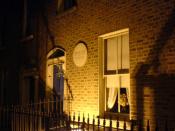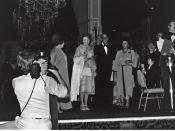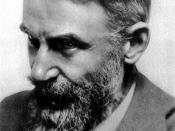Saint Joan is considered to be one of George Bernard Shaw's greatest works. In the play, Shaw avoids many problems identified by critics as prevalent in some of his other writing. Some have criticized Shaw, claiming that he tends to portray unrealistic archetypal characters, rather than well-rounded believable individuals. His plays have also been described as lacking action and being too didactic. In Saint Joan, Shaw reduced the intensity of these previously criticized typically Shavian elements and thus, met with much critical success. However, in my view, the play's epilogue is redundant and unnecessary. It essentially repeats and reinforces the events of the play without enhancing the drama. and serves to add historical facts which are either familiar to the audience or which could have been inserted skillfully into the body of the play with greater dramatic effect. It seems almost as if Shaw was afraid that his audience would not understand the play and he felt compelled to make his ideas clearer in the epilogue.
The action of the epilogue takes place 25 years after Joan has been burned. King Charles has a dream in which many of the characters of the play appear. These characters, including Joan, either explain their behavior that we've seen throughout the play or relate some historical fact that Shaw must have seen as necessary for the audience to be aware of. The first character that appears at Charles' bed is Brother Martin Ladvenu, who in Scene VI participated in the trial of Joan. During the examination, Ladvenu makes every effort to save Joan from being declared a heretic and tries to give her the opportunity to be 'saved.' He praises Joan when she answers a question well. In addition, he says to her, 'Joan: we are all trying to save you. His lordship...


